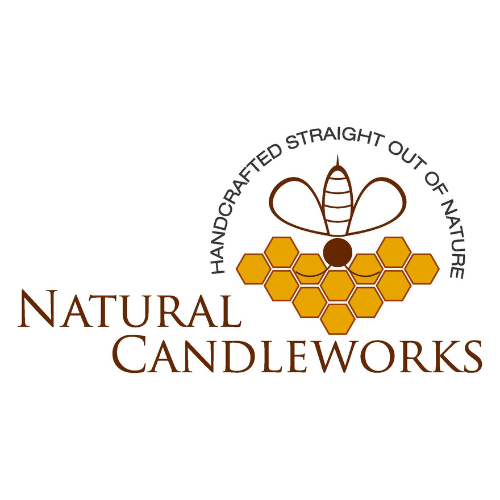Beeswax candles have been cherished for centuries, appreciated not only for their warm, golden glow but also for their natural and eco-friendly qualities. As we delve into the world of beeswax candles, it's essential to understand the importance of thorough testing to ensure a superior and reliable product. In this blog post, we'll explore the various aspects of testing beeswax candles, from their composition to burn characteristics, and shed light on how to guarantee a delightful and sustainable candle experience.
-
Understanding the Composition: Beeswax candles are celebrated for being crafted from the wax produced by bees. However, not all beeswax is created equal. Testing the purity and quality of the beeswax is the first crucial step. High-quality beeswax should be free from additives, pesticides, and other contaminants. A simple purity test involves melting a small amount of beeswax and observing its color and scent.
-
Wick Quality and Safety: The wick plays a pivotal role in the performance of a beeswax candle. It should be made from natural materials and be of an appropriate size for the candle. Testing involves observing the burn rate, ensuring that the wick doesn't produce excessive smoke or soot, and confirming that it burns evenly.
-
Burn Characteristics: Beeswax candles are known for their clean and slow burn. Testing the burn characteristics involves lighting the candle and monitoring its performance. A well-tested beeswax candle should have a steady flame, minimal dripping, and a consistent burn rate. Additionally, it should not tunnel, leaving excess wax along the sides.
-
Scent and Aesthetics: Beeswax candles emit a subtle, honey-like fragrance when burned. Testing involves evaluating the aroma and ensuring that it is not overpowered by artificial scents. The aesthetic appeal is equally important, with a well-crafted candle exhibiting a smooth surface, free from air bubbles or imperfections.
-
Longevity and Efficiency: Beeswax candles are known for their longer burn times compared to other types of candles. Testing involves recording the burn time and assessing the candle's efficiency. A quality beeswax candle should burn slowly, providing extended hours of delightful illumination.
-
Environmental Impact: Sustainability is a key consideration in today's world. Testing the environmental impact of beeswax candles involves examining the sourcing practices of the beeswax and ensuring that it is obtained ethically and sustainably. A commitment to eco-friendly production processes contributes to the overall appeal of the beeswax candle.
-
Customer Feedback: Lastly, customer feedback is an invaluable aspect of testing. Reviews and testimonials provide insights into the real-world experiences of users. Monitoring customer satisfaction and addressing any concerns contribute to continuous improvement in the quality of beeswax candles.
Conclusion: Testing beeswax candles is a multi-faceted process that involves scrutinizing every aspect of their composition and performance. By ensuring purity, quality wicks, optimal burn characteristics, and a commitment to sustainability, producers can deliver a beeswax candle that not only illuminates spaces but also aligns with the values of eco-conscious consumers. As consumers, being informed about these testing criteria empowers us to make choices that not only enhance our candlelit moments but also support responsible and sustainable practices in the candle industry.
